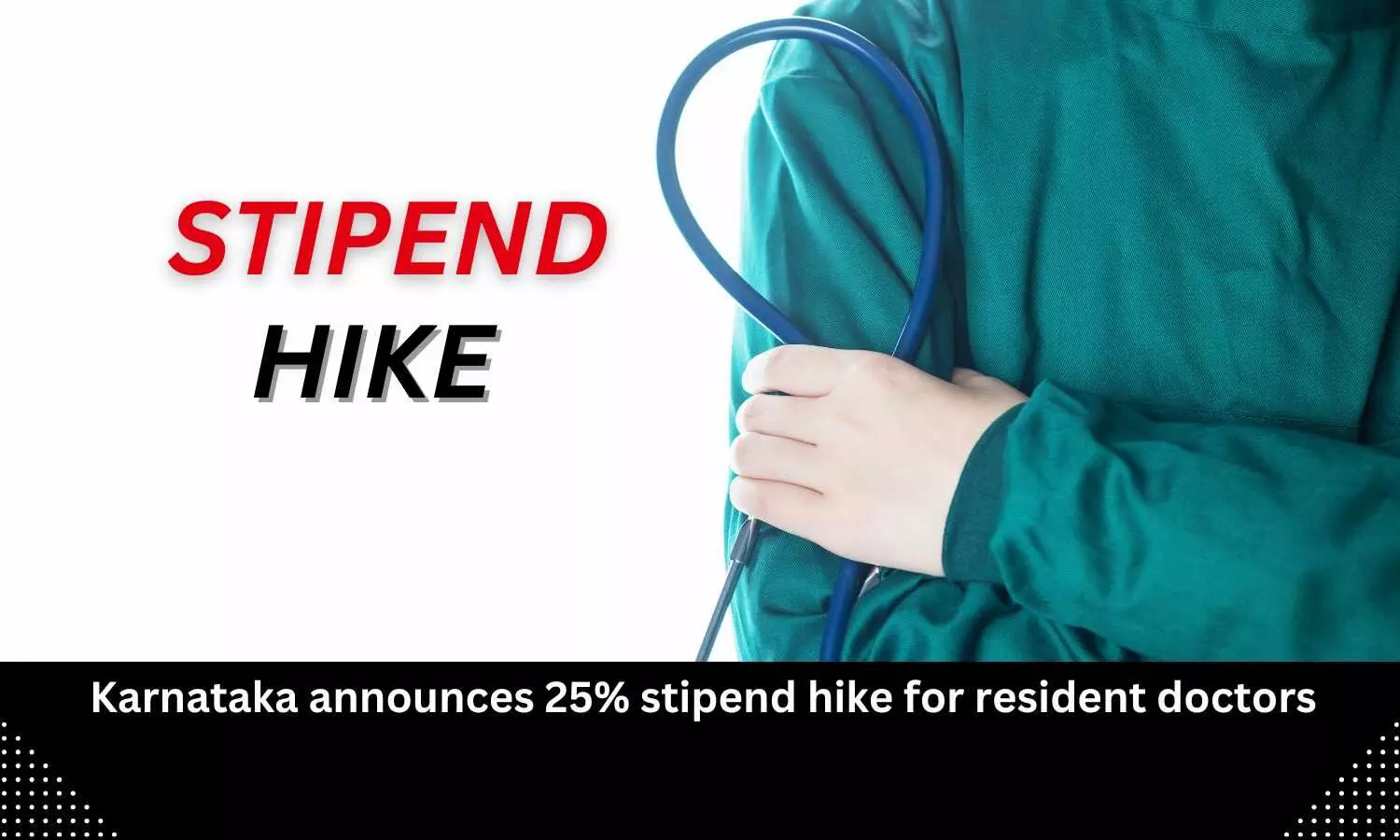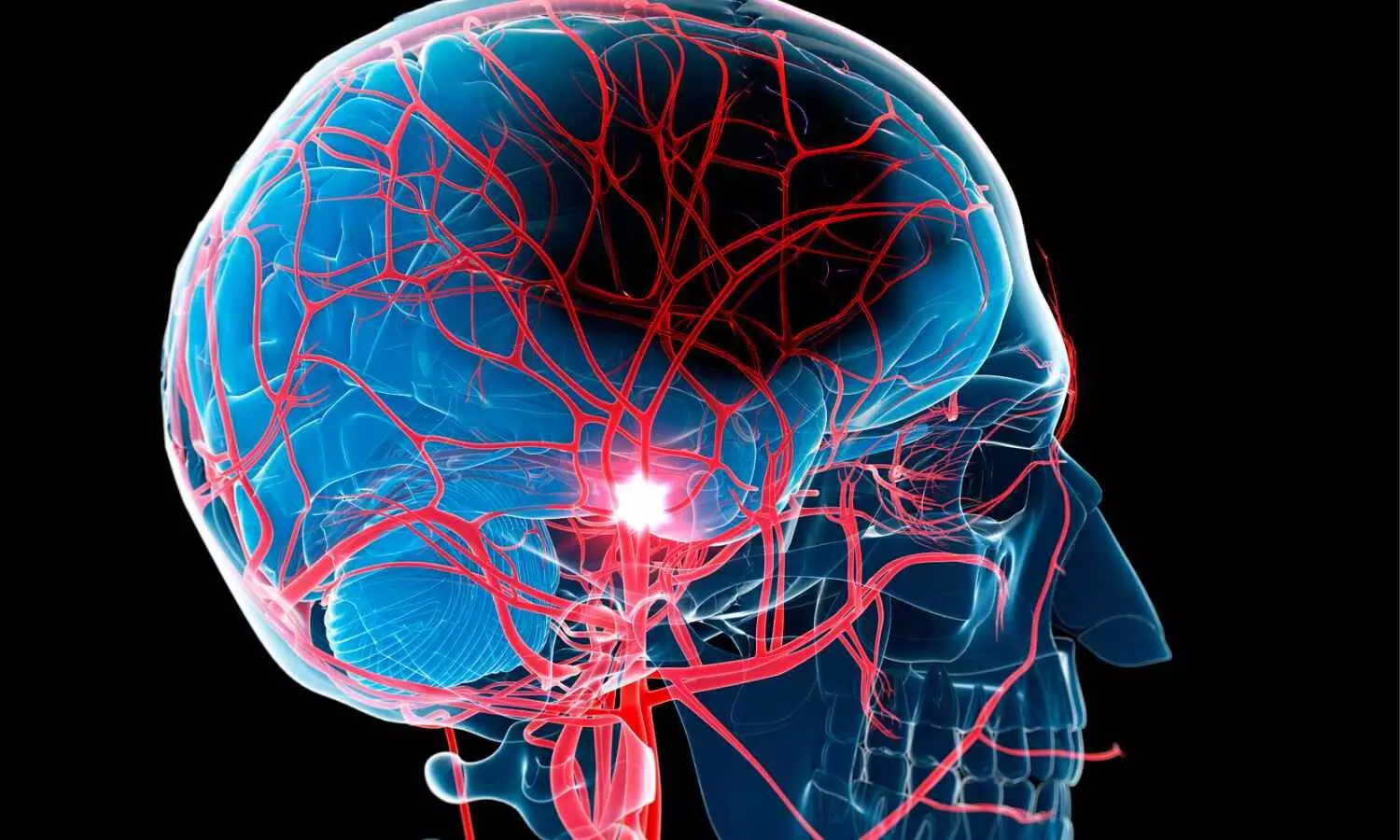
A collaborative study conducted by researchers at Maharishi International University (MIU), the University of Siegen, and the Uniformed Services University of the Health Sciences reveals that individuals practicing Transcendental Meditation® (TM®) technologies long-term show favorable biological markers of aging and stress. The research compared gene expression, cognitive function (via EEG), and hair glucocorticoids (cortisol and cortisone) in 12-year and 40-year TM groups and non-meditator controls.
“This study provides evidence that long-term practice of TM technologies has a broad range of health benefits at the molecular level,” said Supaya Wenuganen of MIU, one of the lead authors. “The gene expression differences, cognitive function indicators, and lower cortisol levels after long-term TM practice relate to each other in ways suggesting reduction of both stress and aging.”
The article, Possible Anti-Aging and Anti-Stress Effects of Long-Term Transcendental Meditation Practice: Differences in Gene Expression, EEG Correlates of Cognitive Function, and Hair Steroids, appears in a special issue of Biomolecules entitled: “Molecular Advances in Mechanism and Regulation of Lifespan and Aging.”
Altered Gene Expression Indicates Reduced Inflammation, Lower Stress, and Slower Biological Aging
In the study, researchers found that expression of genes associated with inflammation and aging, such as the SOCS3 gene, was lower in TM practitioners (Figure 1). SOCS3 is linked to both chronic stress and energy metabolism, and the results in meditators may indicate lower “allostatic load”-the body’s cumulative burden from chronic stress.
Co-author Kenneth Walton, a senior researcher at MIU, explained “The lower expression of age-related genes and lower hair cortisol in the TM groups extend the findings of short-term studies indicating these practices lead to healthy aging and more resilient adaptation to stress.”
EEG Analysis Shows Slower Age-Related Decline in Cognitive Function
Cognitive function, known to decline with age, was another key area of the study. Using EEG recordings, researchers measured latency of N2 and P3 evoked potential responses—a marker of cognitive processing speed-and observed that older TM practitioners had processing speeds close to those of younger participants (Figure 2). Additionally, TM practitioners scored higher on the Brain Integration Scale (BIS), a comprehensive measure of cognitive performance that includes reaction time, brainwave coherence, and attention.
“The findings around cognitive function are particularly exciting,” added co-author Frederick Travis. “Both younger and older TM practitioners showed higher scores on the BIS compared to non-meditators. The older meditators performed on par with young controls. This reinforces the findings on evoked potential responses, further suggesting a protective effect against cognitive decline with age.”
Lower Ratio of Cortisol to Cortisone in Hair May Indicate Increased Resilience
Hair cortisol concentration (Hair F) and concentration of its inactive precursor, cortisone (Hair E), were measured in all participants. The results showed that the ratio of active to inactive forms was consistently lower in TM practitioners compared to non-meditators, providing further evidence of reduced stress levels (Figure 3). This result aligns with previous findings indicating that regular practice of TM helps maintain a state of lower stress.
“Cortisol plays a critical role in the body’s response to stress, and chronically high cortisol levels are associated with a host of age-related health issues in addition to cognitive decline” Walton explained. “The reduced cortisol-to-cortisone ratio in meditators suggests they have more adaptive reserve, more resilience, contributing to overall health and longevity.”
Building on Previous Research in the Field of Meditation and Aging
The study builds upon prior research from MIU and elsewhere indicating health benefits of Transcendental Meditation technologies, including reduced cardiovascular risk, and improved mental health. By examining a range of biological, cognitive, and stress-related markers, this study offers a look at how meditation might holistically influence health long-term.
Future Directions
This research adds to a growing body of evidence supporting meditation as a tool for health and wellness. Future studies will focus on the biological pathways involved in the observed changes, such as the role of energy metabolism and inflammation pathways in mediating the anti-aging effects.
Reference:
Wenuganen, S.; Walton, K.G.; Travis, F.T.; Stalder, T.; Wallace, R.K.; Srivastava, M.; Fagan, J. Possible Anti-Aging and Anti-Stress Effects of Long-Term Transcendental Meditation Practice: Differences in Gene Expression, EEG Correlates of Cognitive Function, and Hair Steroids. Biomolecules 2025, 15, 317. https://doi.org/10.3390/biom15030317














